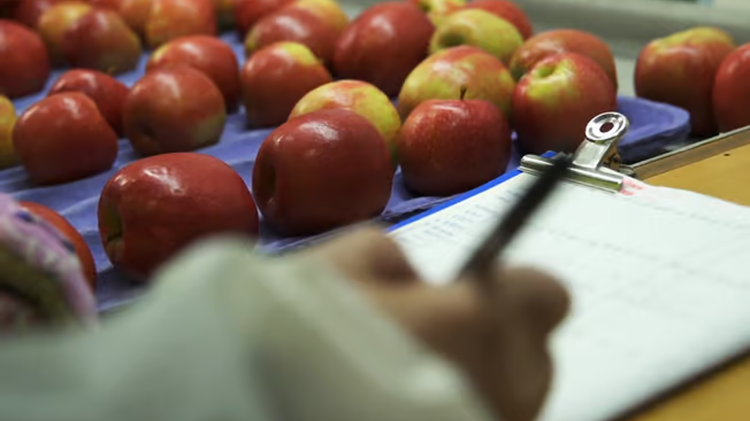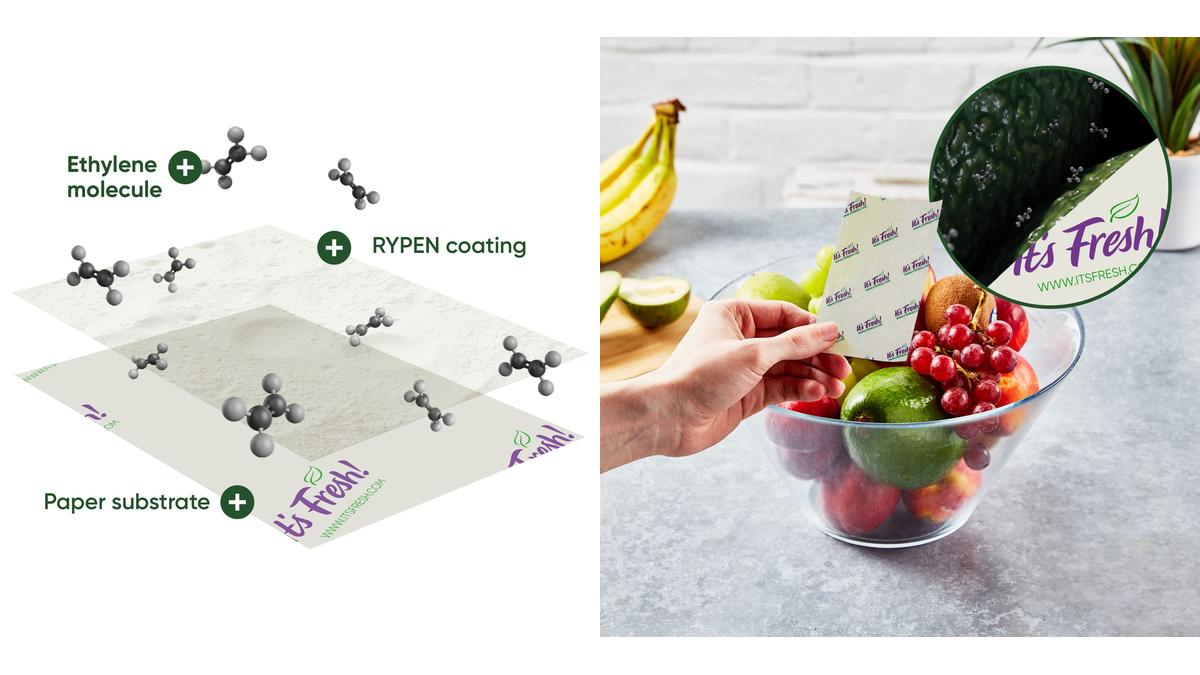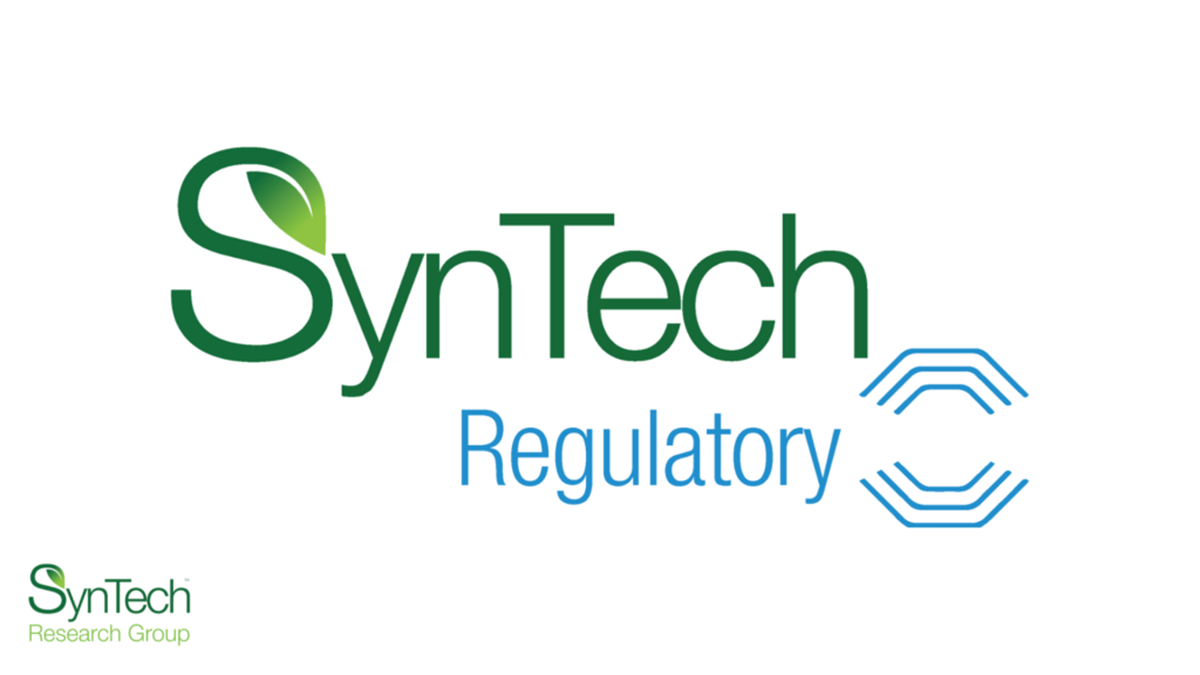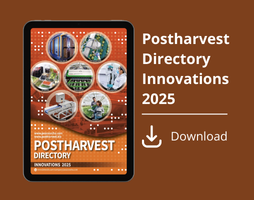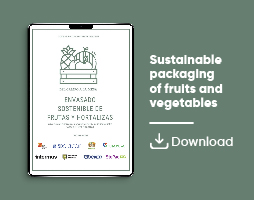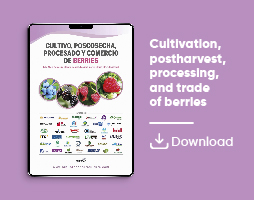Actualidad
All about dragon fruit
A comprehensive review about all the aspects of growing, postharvest and nutritional properties of dragon fruit, by Md Sabir Ahmed Mondol et al., freely available
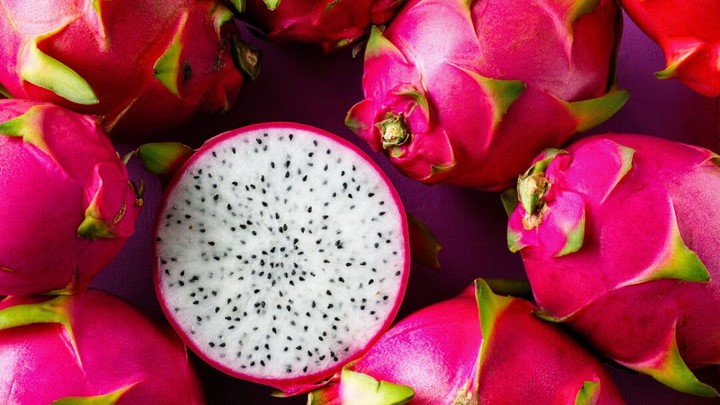
Redaccion
Dragon fruit (Hylocereus spp.), a tropical cactus species, has gained global recognition for its exceptional adaptability to arid environments, high nutritional value, and emerging therapeutic potential.
This review presents an integrated and up-to-date synthesis of recent advancements in agronomic practices, postharvest handling technologies, and biomedical research related to dragon fruit.
Agronomic improvements such as high-density planting, drip fertigation, organic nutrient management, biostimulant use, and artificial flower induction have been shown to enhance yield, fruit quality, and resource efficiency under diverse agro-climatic conditions.
Postharvest strategies including cold storage, modified atmosphere packaging, edible coatings, and non-thermal techniques such as cold plasma treatment are critically evaluated for their effectiveness in maintaining physicochemical quality, reducing microbial spoilage, and preserving important bioactive compounds during storage and transport.
The review also examines the comprehensive nutritional profile, emphasizing its content of dietary fiber, vitamins, minerals, betalains, and phenolics, which contribute to its antioxidant, antidiabetic, and anticancer properties.
In addition, recent molecular docking studies are summarized, revealing the potential of major phytopigments such as betacyanin and betaxanthin to interact with therapeutic targets like DNA topoisomerase I, cyclin-dependent kinase 6 (CDK6), alpha-amylase, and lysosomal acid alpha-glucosidase, suggesting possible applications in functional food development and pharmaceutical research.
By bridging advancements in cultivation, postharvest preservation, and bioactivity research, this review provides a comprehensive foundation for future scientific inquiry, value addition, and sustainable commercialization of dragon fruit.
Despite these advancements, challenges such as inconsistent cultivation practices, limited postharvest technologies, and the need for clinical validation of therapeutic claims persist.
This review also highlights existing knowledge gaps and outlines future research directions to overcome these barriers and fully exploit the agricultural and biomedical potential of dragon fruit.
1. Introduction
Dragon fruit (Hylocereus spp.), a climbing cactus belonging to the family Cactaceae, has emerged as a commercially important fruit crop due to its high nutritional value, aesthetic appeal, climate resilience, and rising global demand. Dragon fruit, indigenous to Central and South America, is now grown extensively in the tropics and subtropics, including Vietnam, Thailand, Malaysia, Israel, and India [1].
The fruit is greatly valued for its intense color, edible sweetness, and colored pulp ranging from deep red to pale white, depending on certain species and cultivars.
From a nutritional standpoint, dragon fruit is rich in vitamin C (4–9 mg/100g of Fresh Weight), dietary fiber, betalains, polyphenols, flavonoids, and unsaturated fatty acids [2,3].
All of these bioactive molecules are associated with a very broad range of functions that ensure health, including antioxidant, anti-inflammatory, antidiabetic, antimicrobial, and anticancer activities [4].
Because of its functional characteristics, the application of dragon fruit in value-added food product development and nutraceuticals has increased [5,6].
Additionally, the crop may be produced in semi-arid and degraded soil conditions, providing an attractive alternative for sustainable agriculture under climate change and agricultural diversification [7].
However, commercial yield and postharvest quality of dragon fruit are subject to the control of negative agronomic practices, short shelf life, and physiological senescence stresses during transport and storage [8].
Climatic conditions and preharvest management practices, as with other tropical fruits, are extremely important in determining phytochemical accumulation and overall quality of the fruit [4].
Such limitations underlie the need for novel solutions and the adoption of advanced postharvest handling and cultivation practices in order to increase yield and functional quality.
Recent studies have demonstrated that the integration of advanced preharvest practices, including high-density planting, precision drip irrigation, application of biostimulants, and artificial flowering induction, has been effective in optimizing plant performance and maximizing fruit yield [9].
In postharvest management, emerging technologies like modified atmosphere packaging (MAP), edible coatings, and cold plasma treatment have been demonstrated to prolong shelf life while minimizing losses in visual quality and major phytochemicals like betalains and phenolics [10,11].
Simultaneously, molecular docking studies have reported promising affinities of compounds present in dragon fruit, namely betacyanin and betaxanthin, to therapeutic targets including DNA topoisomerase I, cyclin-dependent kinase 6, alpha-amylase, and lysosomal acid-alpha-glucosidase, thus opening the door to their potential pharmaceutical applications [12,13].
The current review aims to perform a comprehensive review of literature on dragon fruit, such as advances in agronomy, post-harvest management, nutrition and phytochemical content, health implications concerned with bioactive compounds, and computational therapeutic use studies. Being an interdisciplinary review, the review focuses on the comprehensive variability of dragon fruit as a material crop and the vast number of bioactive compounds being supplied by it, making it a functional food, as well as a potential therapeutic agent.
Contents
2. Taxonomy, varietal diversity, and morphological characteristics of dragon fruit
2.1. Taxonomy and varietal diversity of dragon fruit
2.2. Physical characteristics of dragon fruit
3. Agronomic practices for dragon fruit cultivation
3.1. Conventional agronomic practices for dragon fruit cultivation
3.1.1. Environmental and soil requirements
3.1.2. Propagation and planting techniques
3.1.3. Nutrient management
3.1.4. Irrigation practices
3.1.5. Canopy management and pruning
3.1.6. Flowering and pollination
3.1.7. Advanced agronomic techniques to improve the yield of Dragon fruit
3.1.7.1. High-density planting and smart irrigation
3.1.7.2. Biostimulants, growth regulators, and flower induction
3.1.7.3. Biofertilizers, mulching, and climate-responsive agriculture
4. Postharvest technologies and quality preservation strategies for dragon fruit
4.1. Role of postharvest handling in quality maintenance
4.2. Conventional postharvest approaches
4.2.1. Chemical treatments
4.2.2. Wax coatings
4.2.3. Ambient and refrigerated storage
4.2.4. Packaging techniques
4.3. Emerging innovations in postharvest management for disease control and quality maintenance
4.3.1. Natural bioactive compounds as sustainable alternatives
4.3.2. Modified atmosphere packaging (MAP)
4.3.3. Cold plasma technology
5. Chemical composition of Dragon fruit
5.1. Proximate composition
5.2. Mineral composition
5.3. Vitamin content
5.4. Bioactive constituents and medicinal properties of dragon fruit
6. In-vitro anti-cancer and anti-diabetic studies of betaxanthin and betacyanin
7. Challenges and future prospects
8. Conclusion
Sources; access to the complete paper
Advances in agronomic practices, postharvest technologies, and medicinal potential of dragon fruit (Hylocereus spp.): A comprehensive updated review
Md Sabir Ahmed Mondol, Ubaida Akbar, Oksana Mandal, Amisha Rani, Aamir Hussain Dar, Anilava Chatterjee & Gholamreza Abdi
Journal of Agriculture and Food Research Volume 22, August 2025, 102157
https://doi.org/10.1016/j.jafr.2025.102157
https://www.sciencedirect.com/science/article/pii/S2666154325005289
Picture
Marta Stewart, What Is a Dragon Fruit? Your Guide to Buying, Cutting, and Enjoying This Tropical Fruit
https://www.marthastewart.com/7615466/dragon-fruit-all-about
Related news
